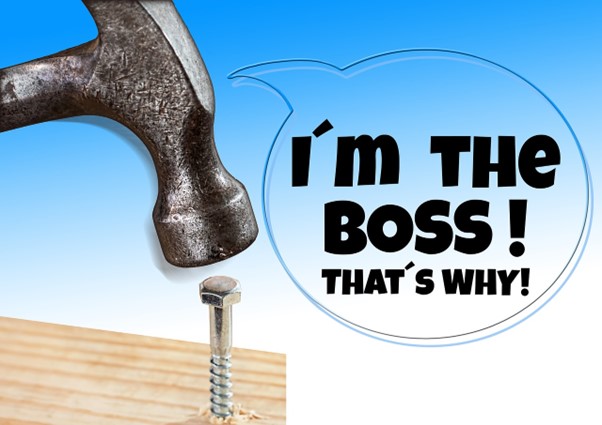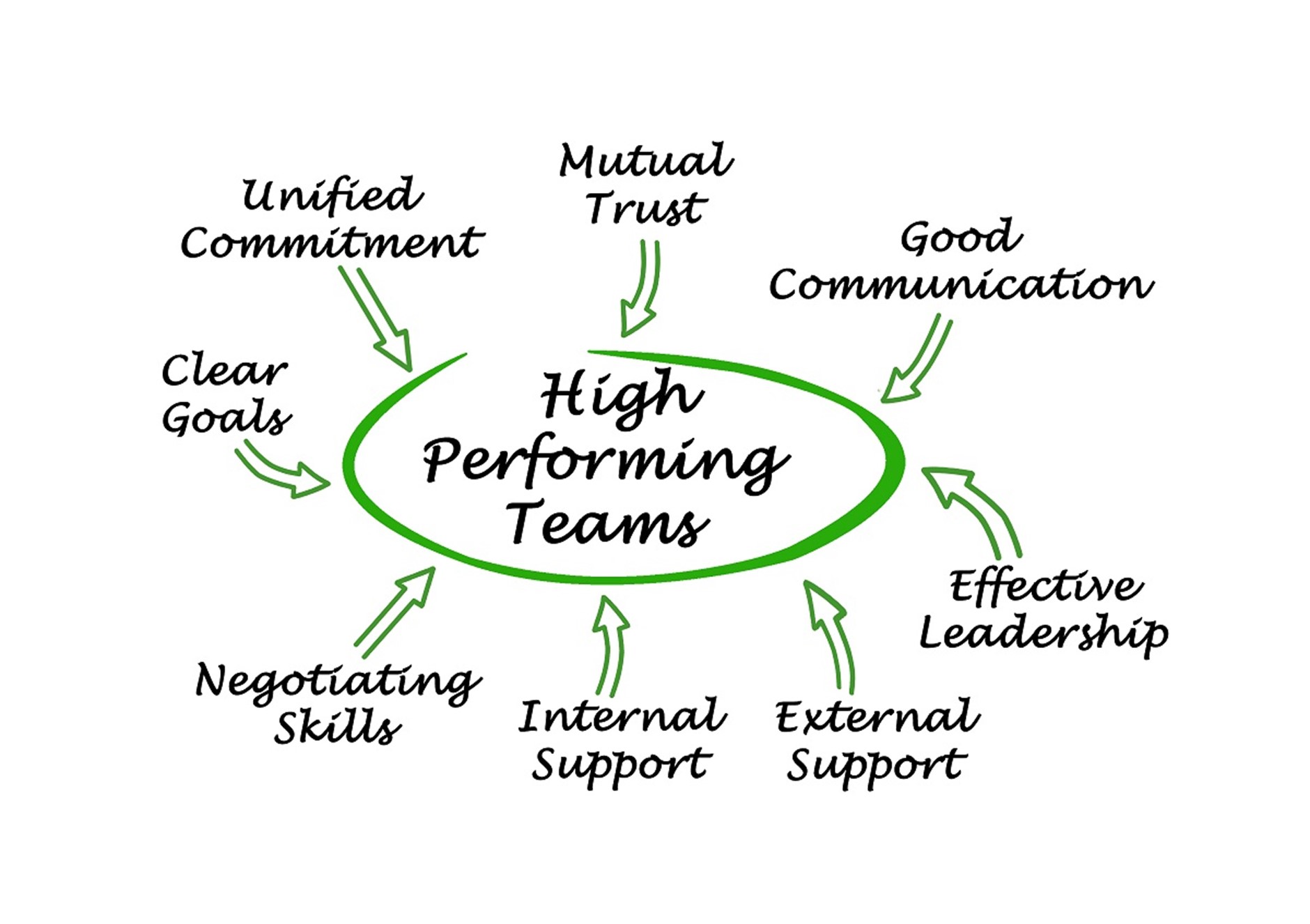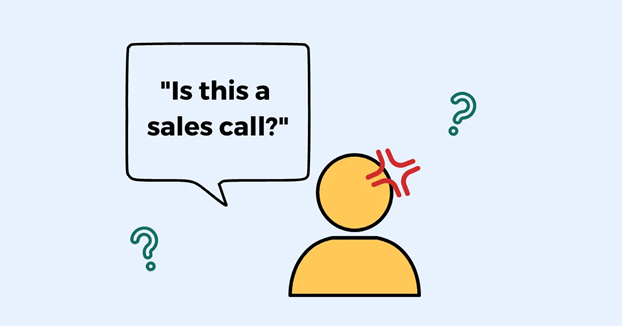The finish line is in sight, and Q4 is your time to finish 2024 on a high note. The last quarter can make or break the year, so how do we make sure it’s a win? Here are some practical strategies to help you close strong and crush those Q4 targets.

Get Real About Your Pipeline
First things first, take a deep, honest look at your pipeline. What deals are realistic, and which ones might need more work than they’re worth? It’s time to separate the “maybes” from the “sure things.”
• Focus on the leads that have genuine potential to close
• Consider dropping the ones that don’t
Not every lead is going to be a win, and that’s okay! Restructuring your efforts now will make a huge difference to where you end up in December.
Prioritise Existing Customers
Sometimes the best deals are already in front of you. Existing customers are often easier to upsell or cross-sell to because they know and trust you. Take a close look at their needs and see where you can add value with additional products or services. Remind them of the ROI they’re already seeing and highlight how more of what you offer can benefit them. Q4 is the perfect time to deepen those relationships and show them they’re not just another number in the pipeline.
Create Urgency Without Pressure
We all know that creating urgency can be effective, but you don’t want to come off as desperate. Frame it as an opportunity. Maybe there’s an end-of-year promotion, a limited-time offer, or specific advantages to buying now. Whatever it is, make it clear that this quarter is a unique chance for them to get more for their investment. Aim to excite them about what’s possible rather than pushing them into a corner.
Keep Your Team Energized and Aligned
Sales is a team sport. Q4 can be exhausting, and it’s easy to get burned out. Keep the energy high by celebrating small wins along the way.
• Regular check-ins
• Team competitions
• Even simple shout-outs for hitting milestones can go a long way.
When the whole team is on the same page, every deal feels a bit easier. Remind everyone that you’re in this together, working toward a common goal, and that their hard work truly counts.

Tighten Up Your Follow-Up Game
We all know that follow-up can be the difference between a closed deal and a missed opportunity. In Q4, it’s even more crucial. Clients are busy, budgets are tight, and priorities can change quickly. Keep your follow-ups short, focused, and valuable. A simple “Hey, just checking in—anything else you need from my side to move forward?” Can make a world of difference. Don’t let a deal slip through the cracks just because of a missed follow-up.
Stay Positive and Keep Pushing
Q4 is all about resilience. There will be setbacks, and some deals might fall through. That’s part of the game. Focus on what’s in your control, keep your energy up, and don’t lose sight of the end goal. When things get tough, remember that the last quarter is often the most challenging, but it’s also the one with the biggest payoff.
Invest in Training and Development for the Final Push
Last but not least, one of the best ways to prepare your team for a strong Q4 is by investing in targeted training and development. Now might seem like a hectic time to add extra sessions, but sharpening skills in negotiation, objection handling, and closing techniques can give everyone the boost they need to bring in those last deals.
Plus, training helps keep your team focused, engaged, and feeling supported, which is vital for morale during the busiest quarter of the year.
An investment in skill-building now can have a direct impact on your team’s confidence and competence—leading to higher conversion rates and more wins in the home stretch.
Read more about how you can keep your sales team motivated, especially in the lead up to the end of the year, by clicking here.

Q4 is your time to make the whole year count. With a smart strategy, the right mindset, and a little hustle, you’re set to make this quarter your best yet.
Contact KONA today to discuss a tailored Sales Training Program for your sales team to help them finish 2024 strong and have a solid start to 2025.
Call 1300 611 288 or email info@kona.com.au













































































































